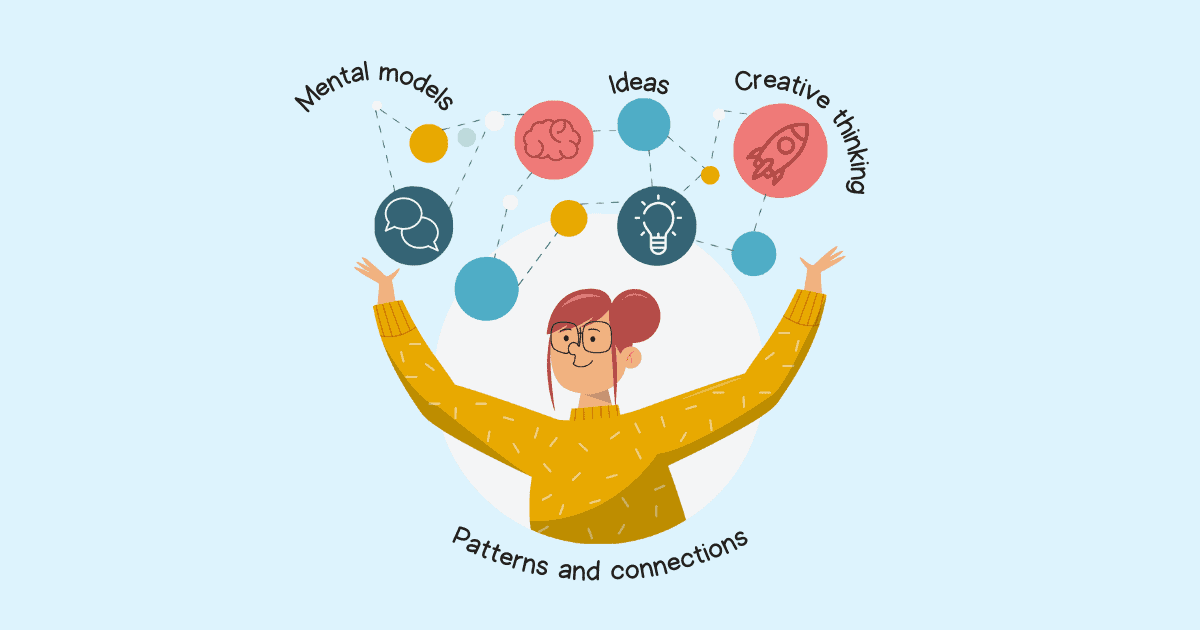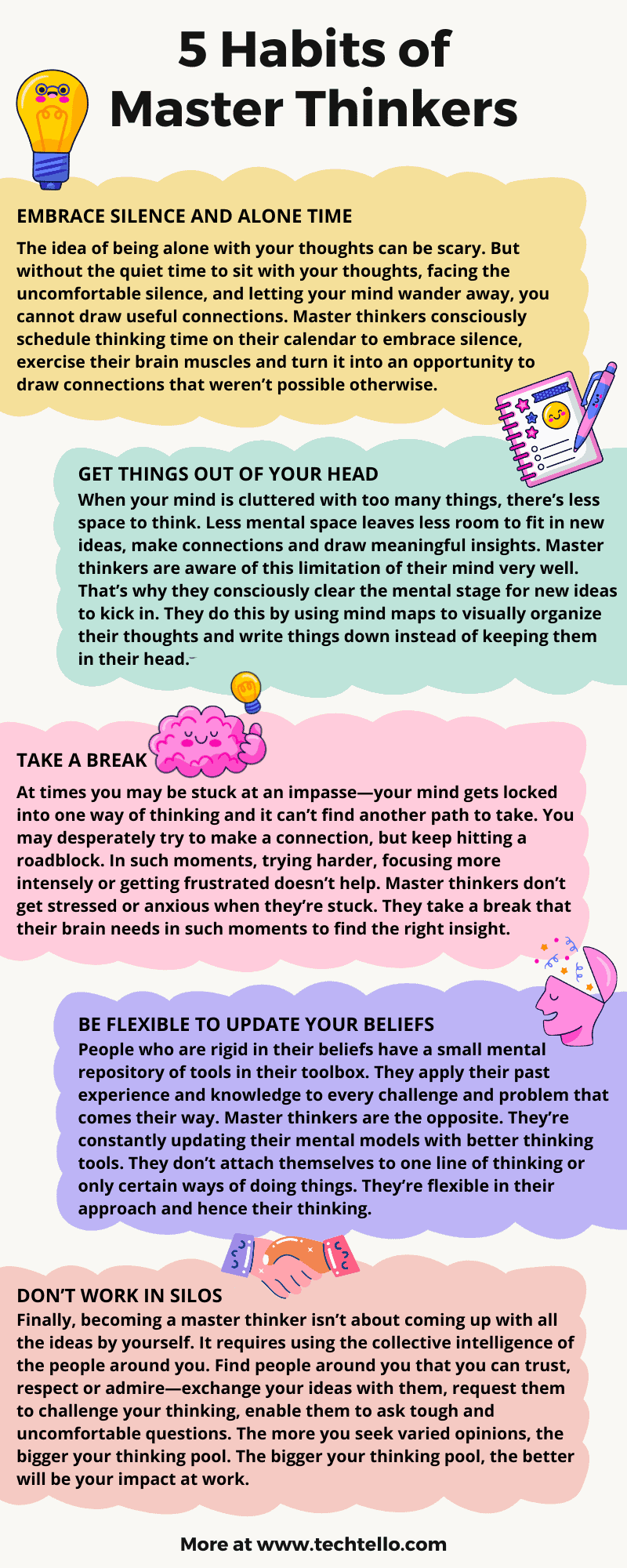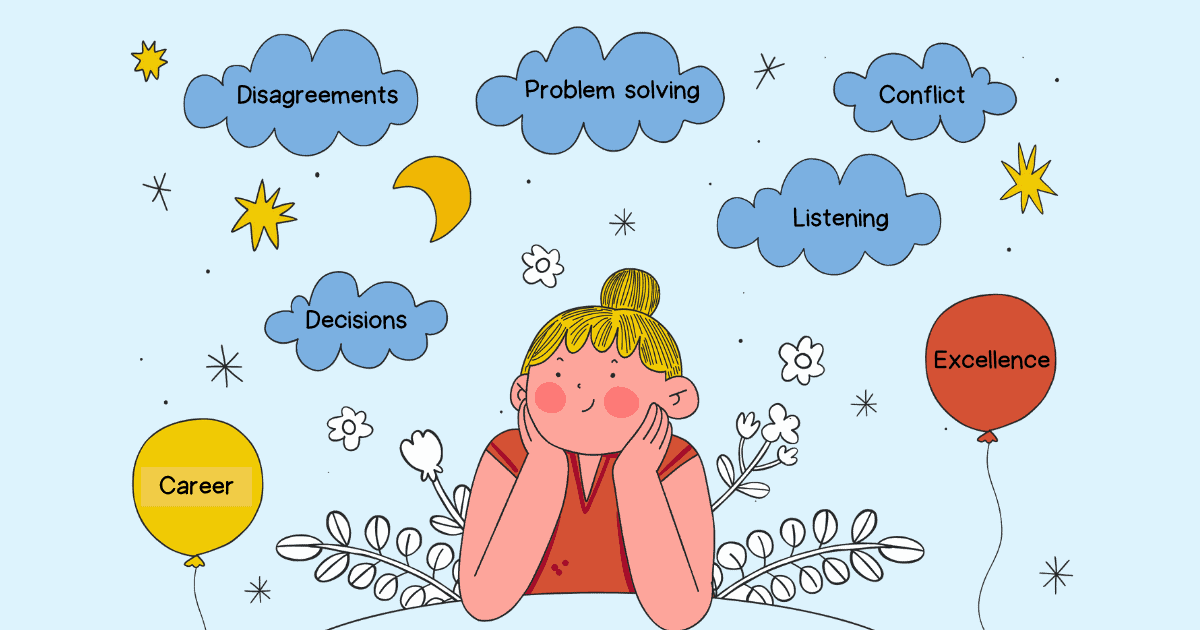5 Habits of Master Thinkers

Navigating complex problems, generating insights and finding solutions that others didn’t know existed is the most admired skill at work. Yet, very few people are able to do it well—the ability to think critically is a rare skill.
Most people lack thinking muscles because they treat it as a born gift instead of being an acquired trait. Not sufficiently exercising their mind by thinking through tough problems keeps them falling for cognitive shortcuts, quick solutions and outdated beliefs.
What separates poor thinkers from good thinkers is the way in which they put their mind to use.
How do they avoid cognitive biases?
Which mental models do they use?
How self aware are they?
Everything we know, believe, want, fear, and hope for, our thinking tells us. It follows, then, that the quality of our thinking is the primary determinant of the quality of our lives.
— Richard W. Paul, 25 Days to Better Thinking & Better Living
Becoming a master thinker doesn’t require an extraordinary brain. You only need to embrace healthy thinking habits that keep your mental machinery working at its best.
Here are the five thinking practices that master thinkers take very seriously and integrate them to be part of their day-to-day life.
Embrace silence and alone time
Most people can’t sit alone by themselves without a phone or someone to chat with. Always doing something keeps their mind busy without the insights to think differently—they find it hard to adapt to change, solve complex business problems or even take risks.
Not being able to come up with creative solutions required to navigate unknowns, uncertainties and challenges of work limits their performance and growth.
The idea of being alone with your thoughts can be scary. But without the quiet time to sit with your thoughts, facing the uncomfortable silence, and letting your mind wander away, you cannot draw useful connections.
It will not happen the first time around and probably not even the second. But if you are persistent in your efforts, without digital and other distractions of daily life, you will start to notice new patterns of thinking—ideas that you never thought about before will start to surface.
Master thinkers do this very well. They consciously schedule thinking time on their calendar to embrace silence, exercise their brain muscles and turn it into an opportunity to draw connections that weren’t possible otherwise.
What is essential is to train to sit quietly and mindfully. The more you train yourself, the more you can reach the deeper aspect of what you are thinking and feeling. You might think: “I’m bored!” “This is stupid.” “I need to do something else right this minute.” There may be old habits and old stories that are creating those thoughts and those feelings. What is getting in the way of your being able to experience the present moment? Keep breathing. Keep sitting. This is the practice.
— Thich Nhat Hanh, How to Sit
Master thinkers don’t feel lonely when they’re in the company of their thoughts. The more they do it, the better they get at catching signals and reducing noise.
Get things out of your head
When your mind is cluttered with too many things, there’s less space to think. Less mental space leaves less room to fit in new ideas, make connections and draw meaningful insights.
In such moments, people attribute not being able to think clearly with lack of skills, exhaustion, fatigue or other such reasons. But those aren’t the real reasons. More often than not, the problem is having too many things on your mind that interfere with your ability to think clearly.
Master thinkers are aware of this limitation of their mind very well. That’s why they consciously clear the mental stage for new ideas to kick in. They do this using these two practices:
Give structure to thoughts floating around in your head using mind maps. Mind maps enable visual organization of your thoughts to work through complex problems, identify correlations, and see the big picture. They are great tools to organize ideas, thoughts, or concepts and see how they are interrelated.
Write things down instead of keeping them in your head. The Zeigarnik effect consumes your brain cycles that are required to think well—thoughts of unfinished tasks keep popping in your head and interrupt your chain of thoughts. The simple act of writing things down makes your brain more effective—less things on the mind frees up your brain to process new ideas, make connections and spot the best possibility.
Creating visuals for complex ideas is one way to maximize limited energy resources. Another way involves reducing the load on the prefrontal cortex whenever possible. The idea is to get the concepts out of your mind and into the world and to save the stage for the most important functions. Minimize energy usage to maximize performance.” — David Rock, Your Brain at Work
A crowded brain with too much stuff will always struggle to think. Become a master thinker by decluttering it.
Take a break
At times you may be stuck at an impasse—your mind gets locked into one way of thinking and it can’t find another path to take. You may desperately try to make a connection, but keep hitting a roadblock.
In such moments, trying harder, focusing more intensely or getting frustrated doesn’t help. Instead of getting the insights you need to move forward, all the anxiety from not finding the right solution makes it harder for you to catch the right signals.
Master thinkers get stuck at an impasse too. But instead of obsessing about the problem, they disconnect from it and do something totally different and then get back to work.
Not thinking about the problem even for a few minutes makes it more likely for the insight to pop up when you least expected it.
Here’s what you can do when you feel stuck:
- Go for a walk or exercise.
- Make a cup of coffee or a drink you enjoy.
- Talk to someone about any topic that takes your mind off work.
… or do anything else you find fun and interesting.
When you get stuck, do something totally different for a few seconds. Then come back to the problem and see what happens. I predict you may notice how sometimes the prefrontal cortex, your conscious processing capacity, is itself the problem. Get it out of the way, and the solution appears.
— David Rock, Your Brain at Work
Master thinkers don’t get stressed or anxious when they find themselves caught up in one way of thinking and can’t seem to get past it. They take a break that their brain needs in such moments to find the right insight.
Be flexible to update your beliefs
People who are rigid in their beliefs have a small mental repository of tools in their toolbox. They apply their past experience and knowledge to every challenge and problem that comes their way.
Being trapped inside their usual thinking patterns prevents them from exploring different solutions or applying creativity to new problems that surface.
Master thinkers are the opposite. They’re constantly updating their mental models with better thinking tools. They don’t attach themselves to one line of thinking or only certain ways of doing things. They’re flexible in their approach and hence their thinking.
They do this by:
- Constantly challenging their beliefs and opinions.
- Showing flexibility to experiment and adopt new paradigms and models.
- Validating their assumptions and theories.
- Building cross disciplinary thinking by learning about domains outside their direct line of work.
What separates good thinkers from great thinkers is:
1) The number of mental models at their disposal;
2) The accuracy of those models; and
3) How quickly they update them when they’re wrong.
— Shane Parrish
Constantly updating your repertoire of mental models builds cognitive flexibility—you’re better prepared to adapt to the changing times and consider the various forces at play before taking a risk.
Don’t work in silos
Finally, becoming a master thinker isn’t about coming up with all the ideas by yourself. It requires using the collective intelligence of the people around you.
Get ideas from everywhere.
Find people around you that you can trust, respect or admire.
- Exchange your ideas with them.
- Request them to challenge your thinking.
- Enable them to ask tough and uncomfortable questions.
Answering these questions will not only expand your thinking, it will open your mind to consider new possibilities. Instead of sticking with your original conclusions, you will be willing to challenge your assumptions.
Another great strategy is to ask targeted questions on specific problems within your organization or your line of work.
How do others respond or think about these problems?
Different points of view on these problems will give you a direction on the areas that are worth investing your time in.
We awaken by asking the right questions. We awaken when we see knowledge being spread that goes against our own personal experiences. We awaken when we see popular opinion being wrong but accepted as being right, and what is right being pushed as being wrong. We awaken by seeking answers in corners that are not popular. And we awaken by turning on the light inside when everything outside feels dark.
— Suzy Kassem, Rise Up and Salute the Sun
The more you seek varied opinions, the bigger your thinking pool. The bigger your thinking pool, the better will be your impact at work.
Master thinkers don’t work in silos. They consciously exercise their brain muscles by navigating different ideas and opinions and leveraging knowledge of people around them.
Summary
- Ability to think well is one of the most sought after skills—it unlocks creative solutions that are required to stand out, win customers and stay competitive.
- People who are able to recognize patterns and draw meaningful insights don’t rely on natural talent to stand out at work. They consciously exercise their brain muscles by solving hard problems and navigating complexity.
- Always keeping busy leaves no space for the brain to think. Embracing silence and sitting with your thoughts is essential to come up with creative solutions.
- Your mental stage has limited space. When you keep dumping everything to it, it gets filled up and starts rejecting valuable information necessary to generate insights. Keep it free by organizing your thoughts using mind maps and writing things down.
- When old answers prevent new ones from emerging, thinking hard does not work. Disconnecting from the problem by doing something entirely different—even for a few minutes—may just be the thing you need.
- Mental models help you make sense of information and connect it in meaningful ways. Better thinking requires better mental models in your toolbox. Instead of being rigid about your beliefs and opinions, be flexible to update them when they’re wrong.
- Finally, relying only on your experience and knowledge limits your reach. Expand it by using the collective intelligence of the people around you.






























